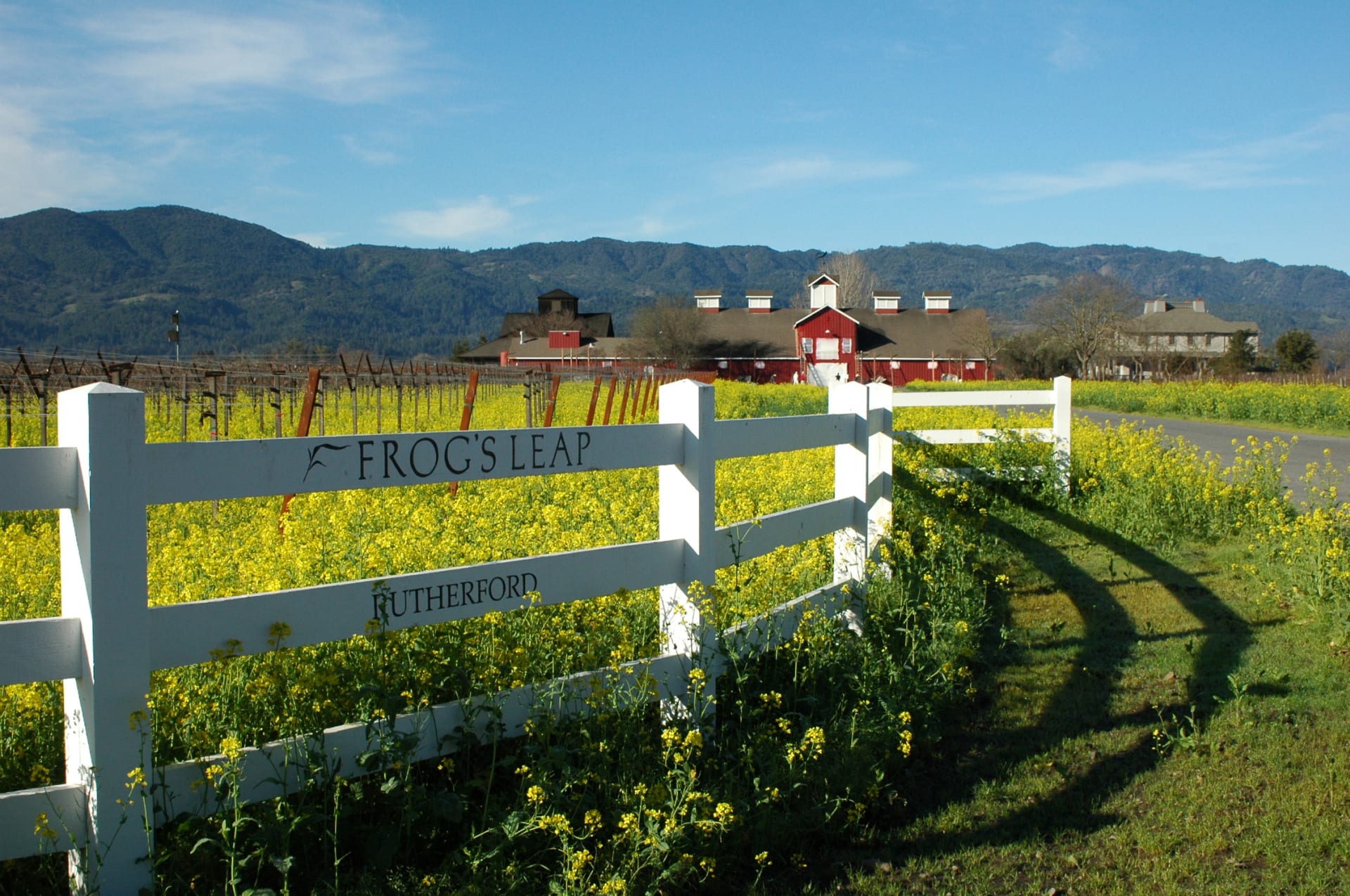

The mountain sub appellations, nestled on the slopes overlooking the valley AVAs, include Stags Leap District, Atlas Peak, Chiles Valley (farther east), Howell Mountain, Mt. These areas follow the valley floor and are known generally for creating rich, dense, complex and smooth red wines with good aging potential. Helena and the valley's newest and hottest AVA, Calistoga. Farthest south and coolest from the influence of the San Pablo Bay is Carneros, followed by Coombsville to its northeast and then Yountville, Oakville and Rutherford. Within the Napa Valley lie many smaller sub-AVAs that claim specific wine characteristics based on situation, slope and soil. White wines from Napa Valley are usually Chardonnay and Sauvignon Blanc. Cabernet Sauvignon is definitely the grape of choice here, with many winemakers also focusing on Bordeaux blends. A number of wineries emerged, and today Napa is home to hundreds of producers ranging from boutique to corporate. The Napa wine industry really took off in the 1980s, when producers scooped up vineyard lands and planted vines throughout the county. In the 1960s, a few key wine families settled the area and hedged their bets on the valley's world-class winemaking potential-and they were right. One of the world's most highly regarded regions for wine production as well as tourism, the Napa Valley was responsible for bringing worldwide recognition to California winemaking. We have quite the line up to offer so we hope you’ll try one of these delicious wines that harmoniously combine quality, sustainability and value. The wines produced range from Cabernet Sauvignon and Chardonnay to Zinfandel and Sauvignon Blanc. An easy hospitality and warm sense of humor is juxtaposed with a more serious sensibility when making wine. Organic farming involves mechanical weed control (via cultivating or hoeing) rather than herbicidal weed control.įrog's Leap presents a relaxed approach to enjoying wine. Organic farming excludes the use of manufactured fertilizers and pesticides, plant growth regulators and genetically modified organisms.

The winery relies on techniques such as crop rotation, green manure, compost and biological pest control to maintain soil productivity and control pests on a farm. Using the best of Napa Valley's organically grown, dry- farmed grapes and the most traditional winemaking techniques, Frog's Leap strives to produce wines that deeply reflect the soils and climate from which they emanate.įirst certified by California Certified Organic Farmers (CCOF) in 1988 Frog's Leap has been a leader in the industry for over two decades.

Now in its fourth decade of production, Winemakers John Williams, Paula Moschetti and Rory Williams hand-craft an annual production of 65,000 cases comprised of Sauvignon Blanc, Chardonnay, Zinfandel, Merlot, and an estate-grown Cabernet Sauvignon. A handsome bi-level barrel chai completes the state-of-the-art winemaking facility and guests are received in the warm and welcoming LEED-certified hospitality center. This noted ‘ghost winery’ was built in 1884 as the Adamson Winery and renovated in 1994 as Frog's Leap's permanent home. Originally founded by the Williams Family in 1981 on a spot along Mill Creek known as the Frog Farm, today Frog's Leap makes its home amongst 200 acres of vineyards in Rutherford at the historic ‘Red Barn’. Frog's Leap is a family-owned winery dedicated to sustainable principles and committed to producing wines with balance, restraint and respect for terroir.


 0 kommentar(er)
0 kommentar(er)
